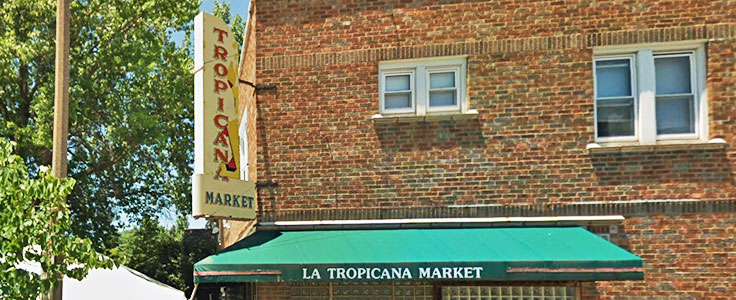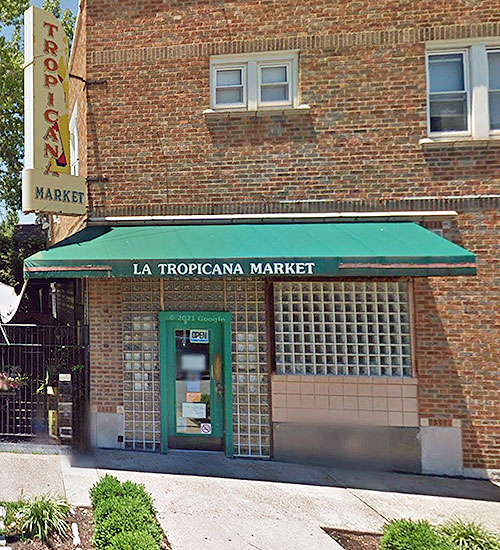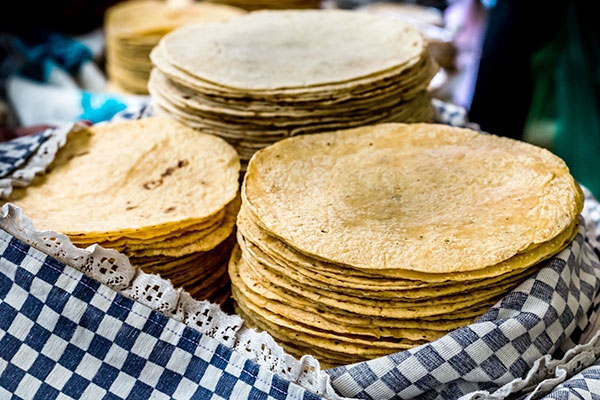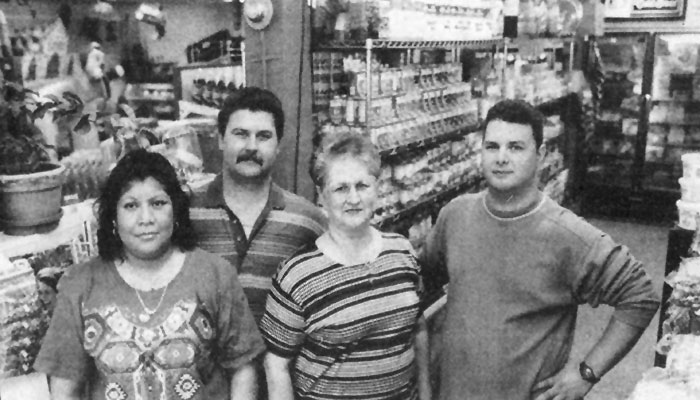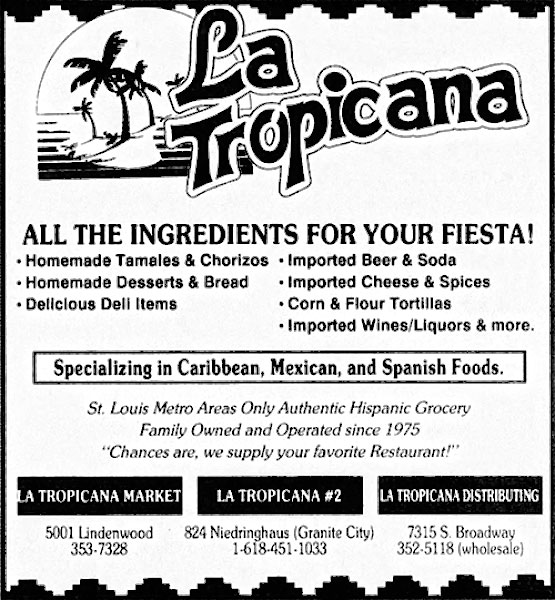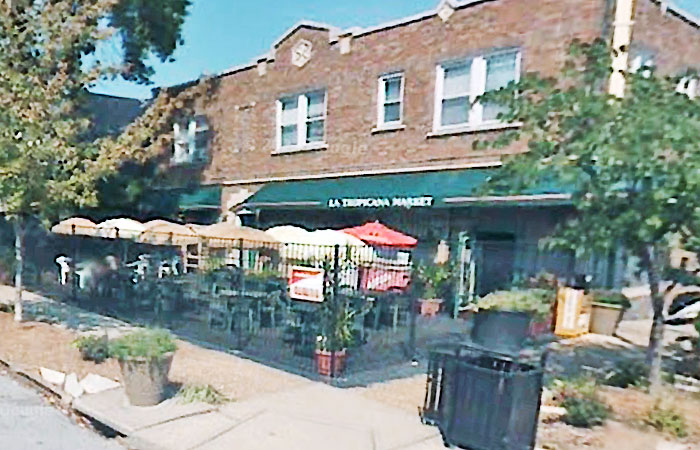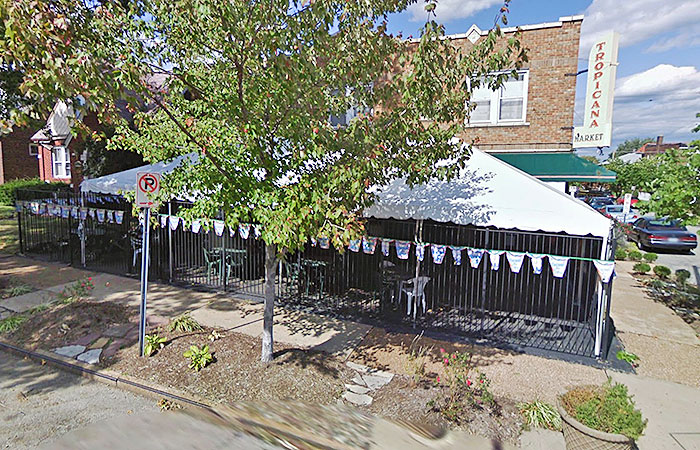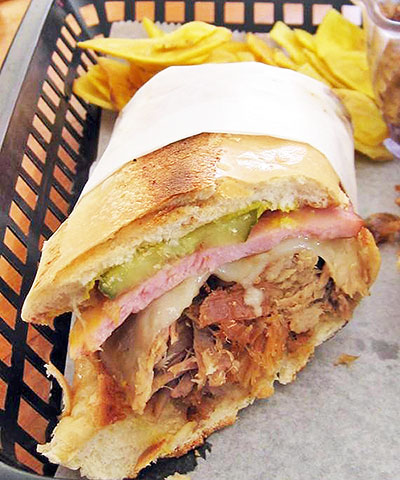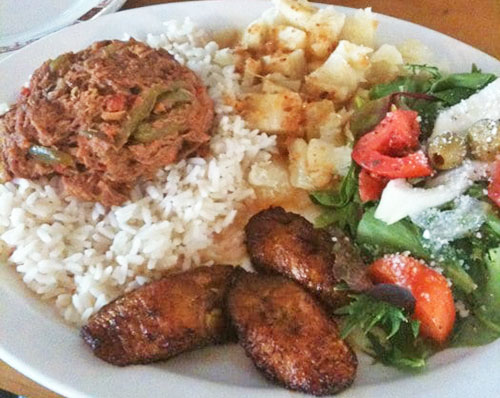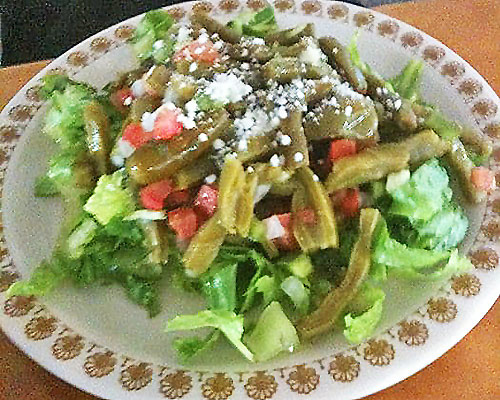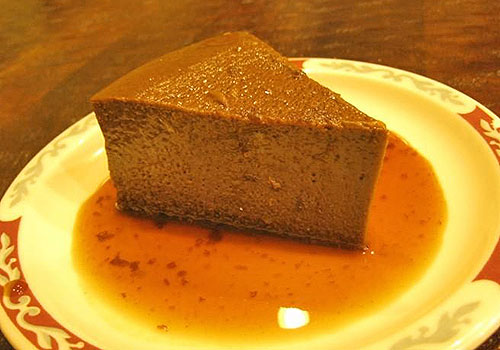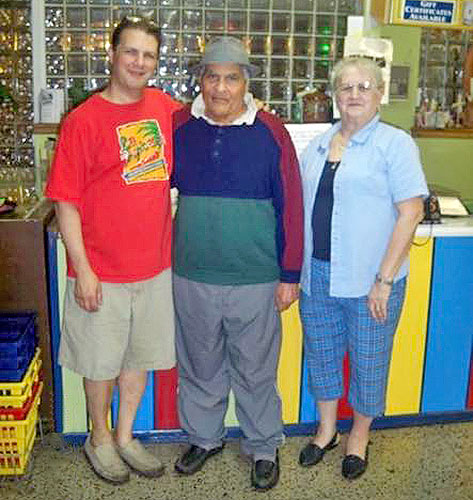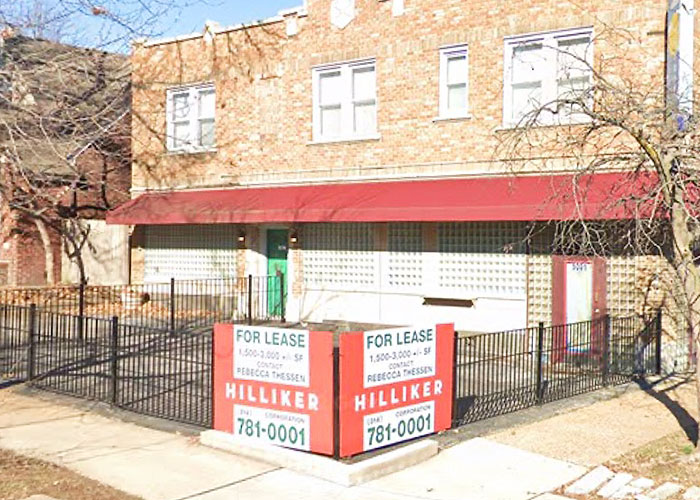|
La Tropicana Market Julio and Maria Trabanco left Cuba in 1965 to escape Fidel Castro and his communist regime. They fled with their three young sons — Luis, Julio and Rafael — living first in Mexico City for six months and then Miami for 18 months. Luis Trabanco, the oldest of the three boys, was 5 years old when he left Cuba with his parents.
The Trabancos moved to St. Louis in 1973. * * * * * Jose Rodriguez opened Tropicana Market at 4201 Hereford, on the corner of Hereford and Chippewa, in December of 1975. The grocery store offered a variety of Latin American foods. In 1978, Jose Rodriguez sold Tropicana Market to his friend, Julio Trabanco. The Trabanco family ran the market at the 4201 Hereford location as late as October of 1979. But by September of 1980, they had moved their grocery store one block north to 5001 Lindenwood, at the intersection of Lindenwood and Hereford, rebranding it La Tropicana Market.
Tamarind, cactus pads, cassava, Peruvian peppers, taro root, jalapeno peppers or tomatillos — if it was used in a Caribbean or South American dish, you'd probably find it at La Tropicana Market. It might be fresh, canned, frozen or dried; it might be listed by a familiar name or one unknown; but chances are, it would be on the shelves of Luis Trabanco's family market.
Among the hundreds of items stocked at La Tropicana were yam flour; potato starch; cassava flour; black, pink and pinto beans; chick-peas; canned and fresh peppers of all kinds; Cuban-style canned tomatoes; soursop pulp; pigeon peas; dried African boney fish and crayfish; bitter leaf; uzuza; instant corn masa mix; and canned cuttle fish in ink sauce. La Tropicana carried 18 types of corn tortillas and 24 types of flour tortillas, and Rafael Trabanco knew which ones his customers needed.
Luis Trabanco graduated from Parkway South High School in 1978. He attended the University of Missouri for two years, where he took pre-med courses.
After two years of pre-med, Trabanco was at a Christmas party with his parents and many of their Cuban friends.
So Trabanco began working with his mother and younger brother Rafael at La Tropicana. Middle brother Julio was not involved in the business. Later, Rafael's wife, Delia, would join them.
In addition to their retail business, La Tropicana sold their specialty items to other stores and restaurants. The wholesale operation, which originally ran out of the Lindenwood store, moved to a warehouse on South Broadway in 1987. Rafael Trabanco would run that end of the business. A second La Tropicana Market opened in July of 1991 at 824 Niedringhaus Avenue in Granite City. Rafael described it as a good opportunity and a good location.
From the start, the Trabanco family sold tamales on Saturdays. An early 1990s expansion included a meat counter from which they sold takeout tacos, salsa and roast chicken. By the mid 1990s they'd expanded the menu, and customers began asking for a place to sit and eat their Cuban sandwiches, ropa vieja and empanadas. With space inside at a premium, an outdoor seating area was created. Indoors, there was initially room for twelve customers; the indoor seating expanded over time. There was seating for about thirty-five on the patio, eventually under a big white tent.
La Tropicana's menu included a mix of Cuban and Mexican specialties, with a few Mediterranean dishes. A blackboard gave prices for food, both in English and Spanish. Nearby was a map of Cuba and Mexican tourist pictures. The house specialty was the Cuban sandwich, which combined layers of tender roast pork, which had been soaked in a citrus marinade, with baby Swiss cheese, smoked ham, pickle, mustard and La Tropicana's own garlic and olive oil sauce. The sandwich came with a side of crispy plantain chips.
Another favorite was the ropa vieja. A beef roast was simmered in a tomato and white wine sauce with bell peppers, pimentos, onions and garlic. The beef was shredded and returned to the other ingredients, and the mixture served on a bed of white rice. Maduros (fried plantains) and boiled yucca topped with an olive oil and garlic sauce were served alongside.
Customers also enjoyed the cactus salad, which combined cactus strips, diced onion, tomatoes, jalapeno and cilantro in a light vinaigrette.
For many, the best part of a meal at La Tropicana came last with Maria Trabanco's homemade flans. The chocolate version, with its cocoa-rich custard, tasted like a gourmet version of a Fudgsicle. The lightly burnt tinge of caramel added another dimension.
La Tropicana became a center for the Cuban and Latin community. The magazines in the rack were all in Spanish. Signs in Spanish explained how to wire money. Luis Trabanco's English and Spanish were both flawless, which allowed him to converse easily with his diverse population of customers.
In August of 2013, Luis Trabanco announced that La Tropicana Market was closing temporarily for personal reasons. In October of 2013, he announced the closure was permanent.
In September of 2014, a new Latin restaurant called El Tropical did open in the 5001 Lindenwood South City space, offering a menu of Cuban and Mexican cuisine. The venture was short lived.
Copyright © 2024
LostTables.com |

